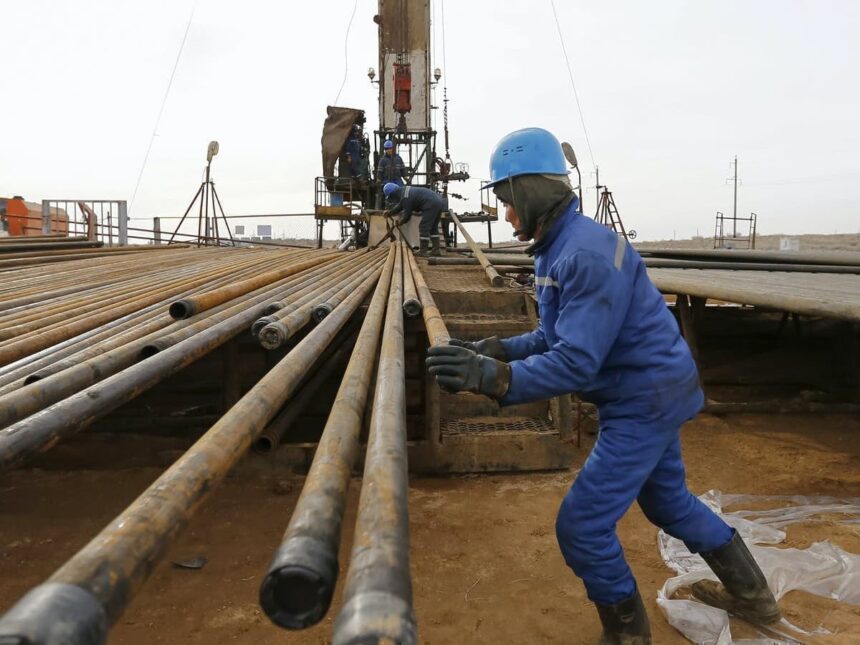Global oil prices are projected to remain below $70 per barrel in the near term, as steady supply levels and softening demand continue to balance the market. Analysts point to a combination of factors—including slower-than-expected economic growth in key regions, high inventory levels, and cautious production strategies by OPEC+—that are keeping prices subdued.
Brent crude and WTI benchmarks have both experienced modest declines in recent weeks, reflecting market sentiment that global energy demand is stabilizing after previous volatility driven by geopolitical tensions and post-pandemic recovery efforts.
Traders are also watching China’s economic performance closely, as the country remains a major swing factor in global oil demand. With industrial activity showing only mild recovery and global central banks maintaining tight monetary policies, upward pressure on oil prices has remained limited.
Meanwhile, U.S. shale production and strategic reserve releases have added further supply-side stability, contributing to the price ceiling.
While short-term fluctuations remain possible due to geopolitical risks or natural disasters, energy analysts believe that, barring any major disruptions, oil prices are likely to hover below the $70 mark, providing relief to import-dependent economies and helping to ease inflationary pressures globally.














